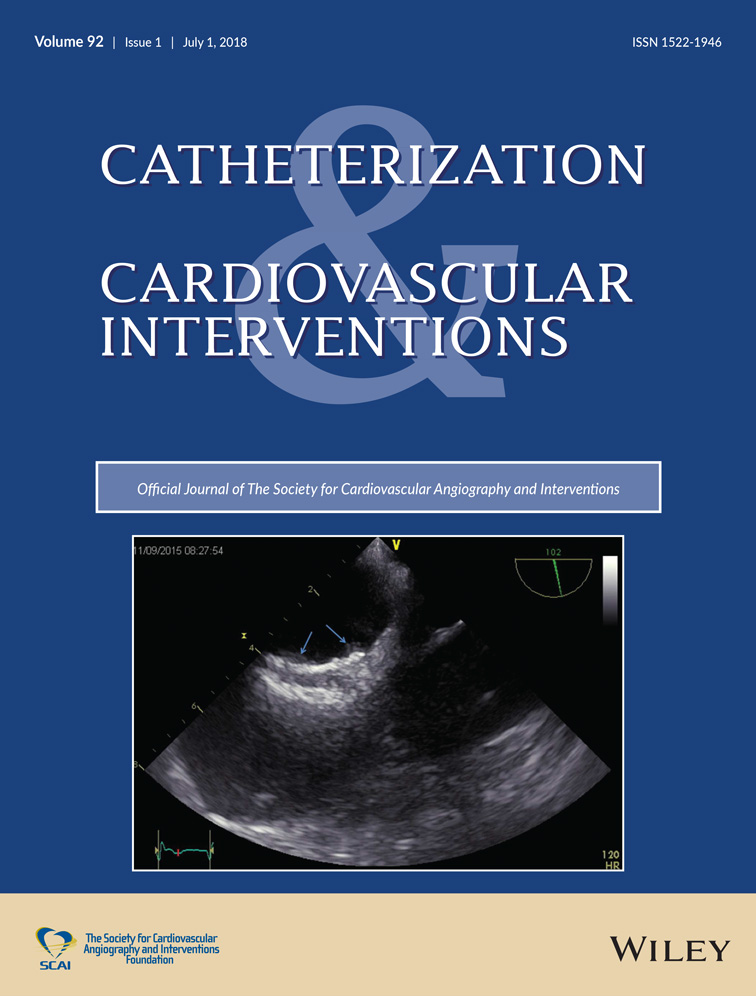Assessment of trans-aortic pressure gradient using a coronary pressure wire in patients with mechanical aortic and mitral valve prostheses
Conflicts of interest: Nothing to report
Abstract
Accurate evaluation of trans-aortic valvular pressure gradients is challenging in cases where dual mechanical aortic and mitral valve prostheses are present. Non-invasive Doppler echocardiographic imaging has its limitations due to multiple geometric assumptions. Invasive measurement of trans-valvular gradients with cardiac catheterization can provide further information in patients with two mechanical valves, where simultaneous pressure measurements in the left ventricle and ascending aorta must be obtained. Obtaining access to the left ventricle via the mitral valve after a trans-septal puncture is not feasible in the case of a concomitant mechanical mitral valve, whereas left ventricular apical puncture technique is associated with high procedural risks. Retrograde crossing of a bileaflet mechanical aortic prosthesis with standard catheters is associated with the risk of catheter entrapment and acute valvular regurgitation. In these cases, the assessment of trans-valvular gradients using a 0.014˝ diameter coronary pressure wire technique has been described in a few case reports. We present the case of a 76-year-old female with rheumatic valvular heart disease who underwent mechanical aortic and mitral valve replacement in the past. She presented with decompensated heart failure and echocardiographic findings suggestive of elevated pressure gradient across the mechanical aortic valve prosthesis. The use of a high-fidelity 0.014˝ diameter coronary pressure guidewire resulted in the detection of a normal trans-valvular pressure gradient across the mechanical aortic valve. This avoided a high-risk third redo valve surgery in our patient. © 2017 Wiley Periodicals, Inc.




